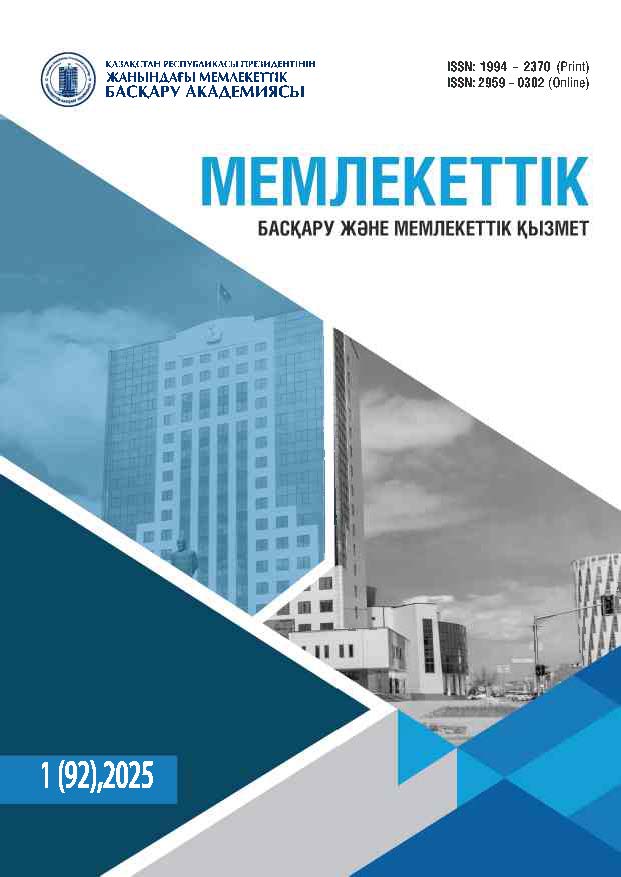DIGITAL DIPLOMACY: HOW THE EU UTILIZES FACEBOOK IN CENTRAL ASIA
DOI:
https://doi.org/10.52123.1994-2370-2025-1428Keywords:
Digital diplomacy, social media, region, European Union, Central Asia, digital transformationAbstract
This article analyzes the diplomatic presence of European Union countries on social media platforms within Central Asian countries. The issue under consideration is the need to evaluate the effectiveness of social media as a diplomatic tool for EU missions in Central Asia. The research methodology includes the analysis of Facebook data and diplomatic profiles from 2009 to 2024. The study employs engagement metrics such as the number of followers, likes, shares, and comments. Through these metrics, the authors sought to assess the effectiveness of the digital diplomatic efforts undertaken by diplomats. In addition, a correlation analysis is conducted to determine the relationship between the frequency of posts and audience engagement. The results show significant differences in the use of social media by various EU countries. This highlights the role of cultural and regional factors in shaping diplomatic strategies. The practical significance of this research lies in providing recommendations for diplomats to optimize their social media strategies. These strategies should align with cultural expectations as well as the preferences of target audiences.
Additional Files
Published
How to Cite
Issue
Section
License
Copyright (c) 2025 Мануэль Фернандес-Грела, Малтабаров Арсен Асқарұлы , Апсаттарова Гулзада Абдусагатовна

This work is licensed under a Creative Commons Attribution-NonCommercial-NoDerivatives 4.0 International License.





